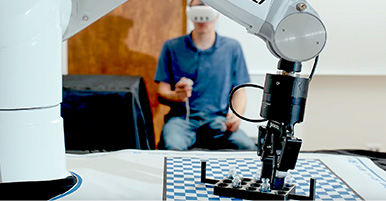Citation
Marschark, M., Shaver, D. M., Nagle, K. M., & Newman, L. A. (2015). Predicting the academic achievement of deaf and hard-of-hearing students from individual, household, communication, and educational factors. Exceptional Children, 81(3), 350-369.
Abstract
Research suggests that the academic achievement of deaf and hard-of-hearing (DHH) students is the result of a complex interplay of many factors. These factors include characteristics of the students (e.g., hearing thresholds, language fluencies, mode of communication, and communication functioning), characteristics of their family environments (e.g., parent education level, socioeconomic status), and experiences inside and outside school (e.g., school placement, having been retained at grade level). This paper examines the relative importance of such characteristics to U.S. DHH secondary students’ academic achievement as indicated by the Woodcock-Johnson III subtests in passage comprehension, mathematics calculation, science, and social studies. Data were obtained for approximately 500 DHH secondary students who had attended regular secondary schools or state-sponsored special schools designed for DHH students. Across all subject areas, having attended regular secondary schools and having better spoken language were associated with higher test scores. Significant negative predictors of achievement varied by type of subtest but included having an additional diagnosis of a learning disability, having a mild hearing loss, and being African American or Hispanic. The findings have important implications for policy and practice in educating DHH students as well for interpreting previous research.


